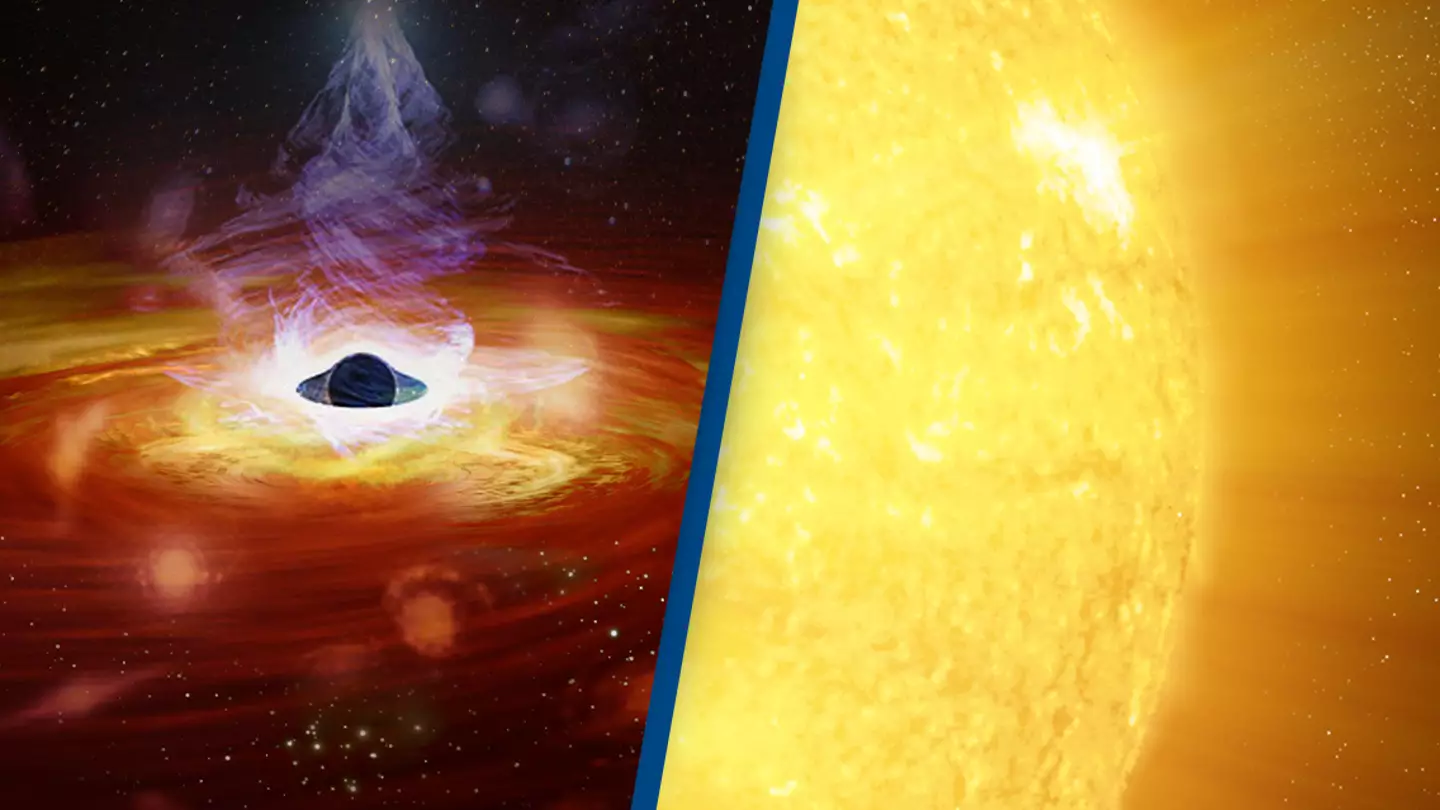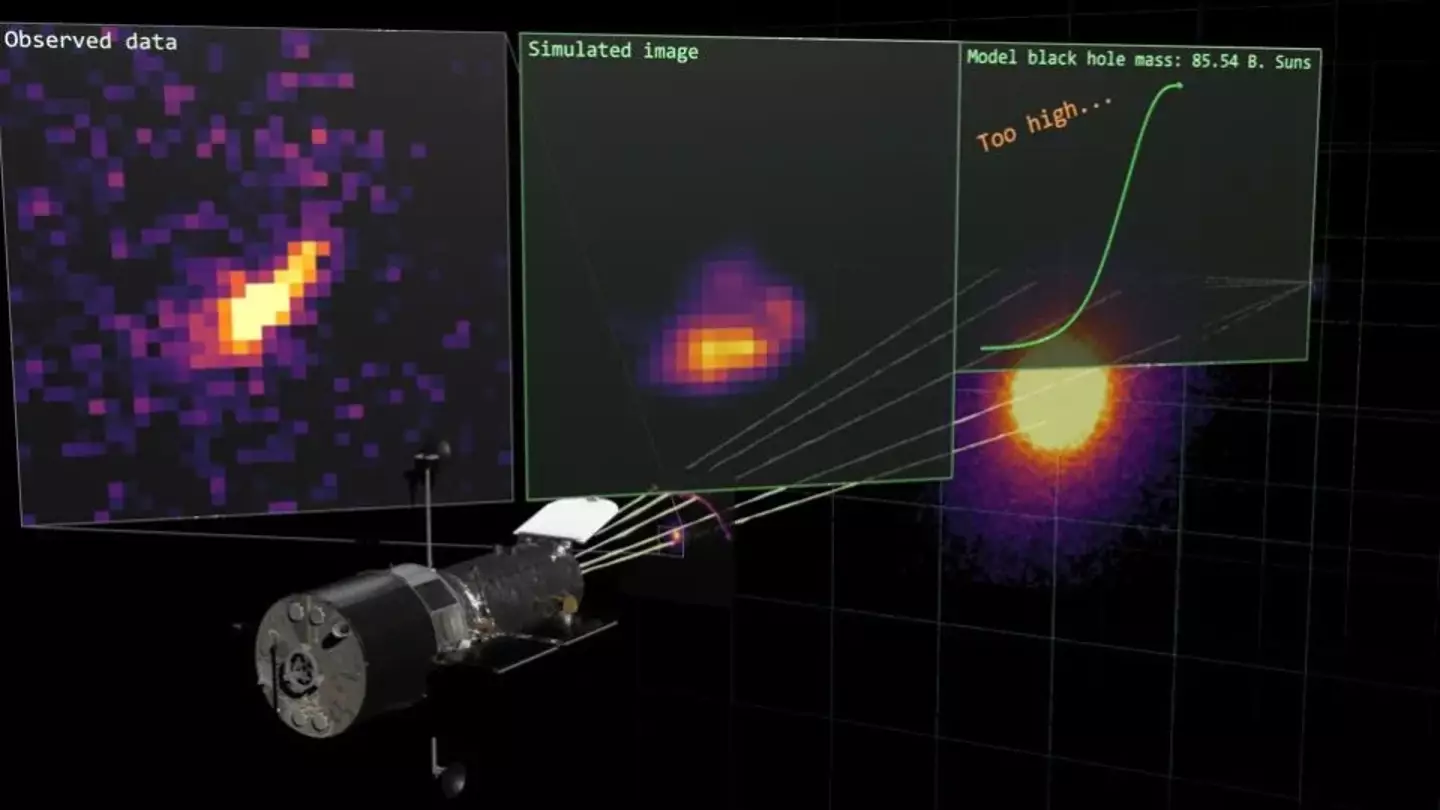
A team of British researchers has made an exciting discovery in the great inky black of space: a gigantic black hole is roughly 30 billion times the mass of our Sun.
Something that large is almost unfathomable to the brain of the Average Joe, but thankfully space boffins at Durham University have been busily studying the cosmos and all the secrets she keeps hidden from us.
The findings, described by the research team as 'extremely exciting' have been published in the journal Monthly Notices of the Royal Astronomical Society.
Durham University Astronomer James Nightingale and lead author of the study said: "This particular black hole is roughly 30 billion times the mass of our Sun.
Advert

"It is one of the biggest ever detected and on the upper limit of how large we believe black holes can theoretically become - so it is an extremely exciting discovery," he said.
The international team, made up of astronomers and other space experts from the United Kingdom and Germany, used a phenomenon known as gravitational lensing in order to make their incredible findings.
Gravitational lensing is when galaxies warp the fabric of space, which creates a natural magnifying glass.
Advert
This boosts light traveling from distant background objects.
This effect means scientists and astronomers can observe the presence of black holes in space and measure their size depending on how significant the light bending is.
This will allow astronomers to discover more black holes than previously thought.
It'll also allow scientists to understand how and why they grew so large in the first place.
Advert
"Most of the biggest black holes we know about are in an active state, where matter pulled in close to the black hole heats up and releases energy in the form of light, X-rays and other radiation," Dr Nightingale said.

"However, gravitational lensing makes it possible to study inactive black holes, something not currently possible in distant galaxies.
"This approach could let us detect many more black holes beyond our local universe and reveal how these exotic objects evolved further back in cosmic time."
Advert
The team of scientists and astro-nerds used supercomputer simulations at Durham University to come up with their findings.
They also utilized images captured by NASA's Hubble Space Telescope to confirm the size of the supermassive black hole.
They added that this is the first black hole discovered using gravitational lensing as the cosmic ballet continues on above our home planet, Earth.
